What Is Art?
The dictionary definition of art says that it is “the conscious use of skill and creative imagination especially in the production of aesthetic objects”.
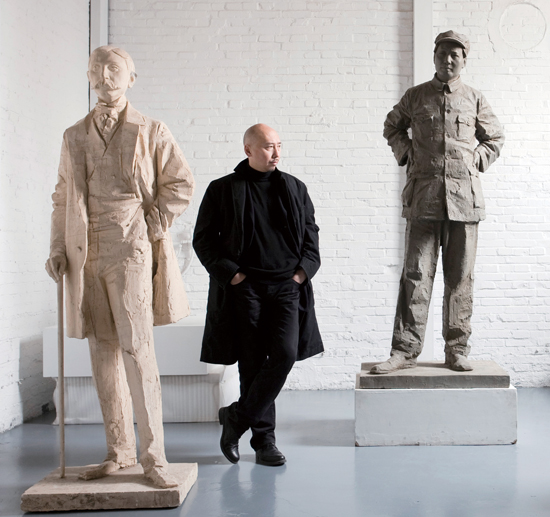
But the thing about art is that it’s so diverse that there are as many ways to understand it as there are people. That’s why there are scholars who give their own special definition of the word, such the one penned by this famous Russian novelist, which goes:
“Art is the activity by which a person, having experienced an emotion, intentionally transmits it to others” – Leo Tolstoy
During his life, Tolstoy was known to write based on his life experiences, such as his most famous work, “War and Peace” that used much of his experience during the Crimean War. And whether or not his definition of art is the best, the point is that people look at art based on how they have experienced it.
Society is driven by the powerful elites, the dependent masses, government, cultural producers and artists.
On the left you have action, and on the right, ideas; elites are at the top, and the masses are below. There’s an inside act and an outside act.
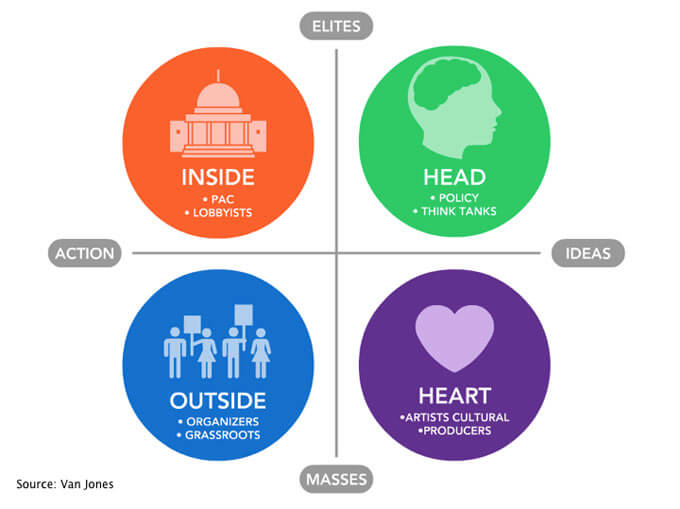
On the inside, there’s big money: elites are spending millions of dollars to influence politicians and policy makers. The inside act has the power to influence policy creators.
On the outside, we at grassroots set our expectations and needs, so that the elected candidates pass laws that give us power. Masses reflect what society really wants (heart)
The left side, “action,” often means quantifiable policy changes. The right side, “ideas,” can be harder to see. We are not necessarily talking about concrete things here, but rather, a “head space.” Academic institutions and think tanks, which are not always involved in the immediate policy wins, are significant in creating a culture of thought.
While the left side, “action”, continues to produce quantifiable policy changes and new laws, the right side “ïdeas”, can be hard to quantify its outcome. Although “head” talks theories and academics, it fails to produce significant contribution to policy makers.
The Arts come into the play here at this moment.
Artists are represented here on the side of ideas, in the “heart space.”
Art is uniquely positioned to move people—inspiring us, inciting new questions and provoking curiosity, excitement, and outrage.
Artists can strengthen this will and push people to act. Artists do not think like policy makers or academics people. Artists think from their heart – big, revolutionary and visionary ideas. This is why artworks are able to move people to action, thus creates a significant cultural and political contributions.
This is what makes art powerful. One of the major reasons art is very important in society because it is an essential ingredient to empowering the hearts of people.
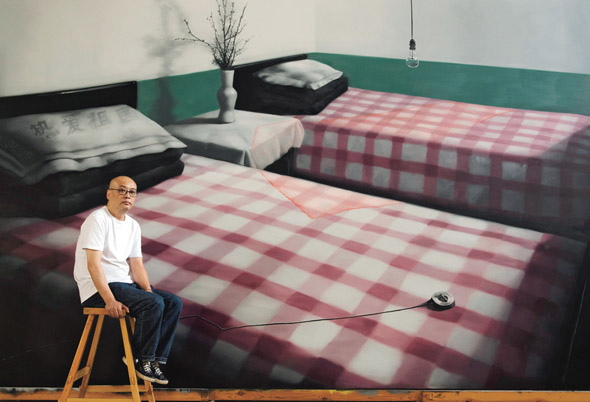
Art is also a remarkable mode of depicting culture from all over the world. When you see a Zen garden in Sydney or San Francisco, you know that it’s a practice that originated from China. When you see paper swans swarming a beautiful wedding ceremony, you know that this is origami, an art that came from Japan. When you see films featuring Bollywood music and dancing, you know that it’s a movie from India.
What are the Functions of Art?
All the above definitions and theories are equally valid, and what makes it so is – every human experience – that brings about such definition. And the biggest reason why people have different experiences with art is because art functions on so many levels.
The seven functions of Art:
Memory – Artists not only preserve a visual reminder of a memory, they record the emotions associated with the memory.
Hope – Art reminds us that there is beauty in the world that we can strive to see it, appreciate it, and have it.
Sorrow – Art doesn’t just increase our capacity for joy, it validates our sorrows.
Re-balancing – We gain balance through art by taking a moment to observe, judge, and appreciate things we don’t normally see and our responses to them.
Growth – Art forces you to react and empathize with situations that you’re not accustomed to. This is growth.
Appreciation – Art helps us to revisit the value of ordinary things like the pretty colors in a splash of morning light on a table cloth or the familiar and nostalgic aspects of old beer cans.
Self-Understanding – Art helps us to complete our own unformed thoughts and ideas.
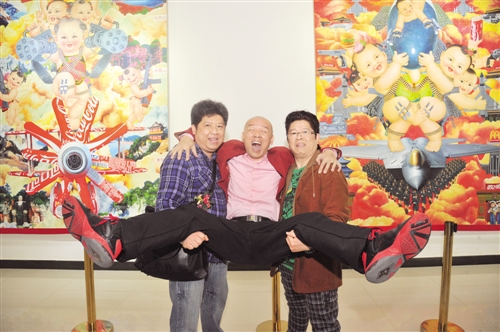
Art can take the form of film, music, theatre, and pop culture, all of which aim to entertain and make people happy. But when films, songs, or plays are made for a specific audience or purpose, the art begins to diversify. Films, for example, can be made to spread awareness or cultural appreciation. Songs can also be composed in a way that they bring out certain emotions, give inspiration, or boost the morale of people.
There are also works of art that illicit strong intellectual discourse – the kind that can question norms and change the behaviour of society. Sometimes, still, art is simply there to reach out to a person who shares the same thoughts, feelings, and experiences as the artist.
The truth is that art is more than just a practice – it is a way of life. Art is more than just a skill – it is a passion. Art is more than just an image – each one tells a story.
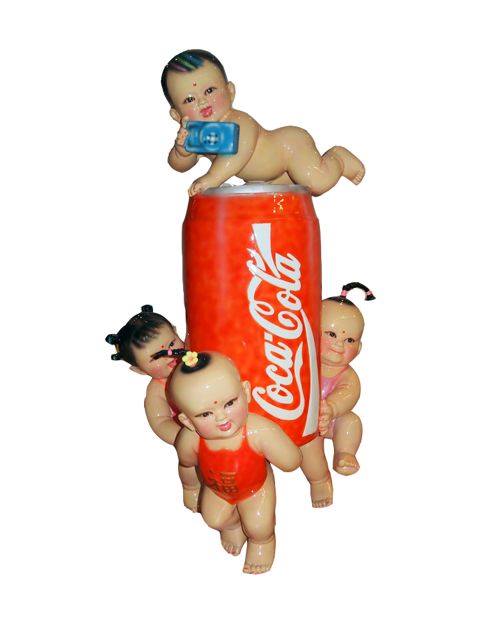
Benefits of Art to Society & its Economic Growth
In today’s world, we have to recognise the huge value of arts and culture to society. But its economic benefit is not the only reason why many of us loved it. We found it exciting, elevating and romantically redolent of our flying and manufacturing past. So Slipstream reminded us that the primary reason we make both public and private investments in the arts is for the inherent value of culture: life-enhancing, entertaining, defining of our personal and national identities.
Innovation is a primary objective of the arts and artists. The arts can be innovative in its
creative process. We innovate, break old regimes and create new paradigms. The arts encourage play. To play means, first of all, playing within the rules with tried-and- tested methods. After a while, one must start playing creatively, go beyond the rules and improvise. Then only can one start to make new discoveries.
Critical thinking balances innovation with responsibility. As we strive for change, we must also strive for sustainability. For example, how do we deal with economic growth yet be aware of how it will impact the environment?
The creative mind coupled with critical thinking can complement our usually pragmatic and logical approaches to problem solving. While we want to transform our economy through innovation, we also want the transformation to be equitable, viable and sustainable.
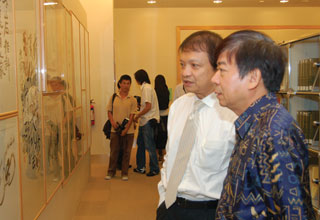
The arts are certainly an important part of a strong economy for a number of reasons. In addition to building and amplifying the success of innovative industries, an accessibility to the arts makes a region a more attractive place to live. The financial ability of a nation is reflected through its Arts & Culture presence, thus bringing more economic opportunities.
The inherent value of culture, its contribution to society, its symbiotic relationship with education and, yes, its economic power… is the reason why countries, especially key global economic hubs, are in active public support of the arts and culture.
Art and its definition will always be controversial.
There will always be debates about what art is and what is not.
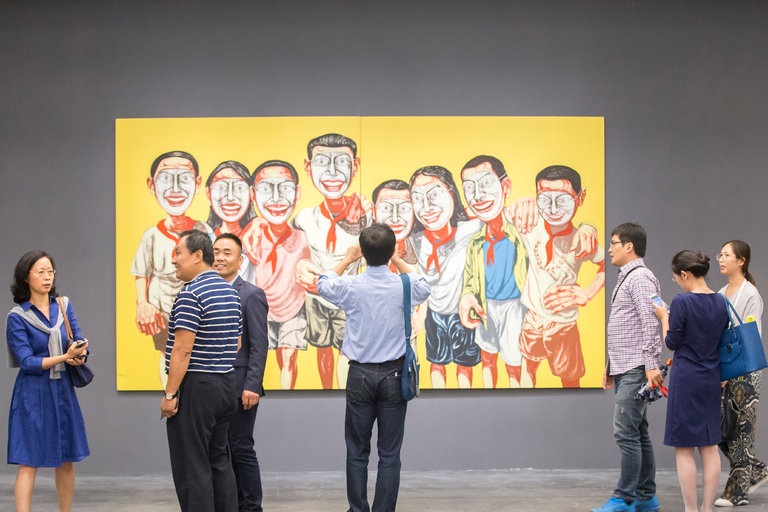
But no matter what the definition of art may be, it has been around us for as long as humans have existed (i.e. cave paintings, hieroglyphics). Whether or not we are aware of it, we allow art to affect our lives one way or another.
